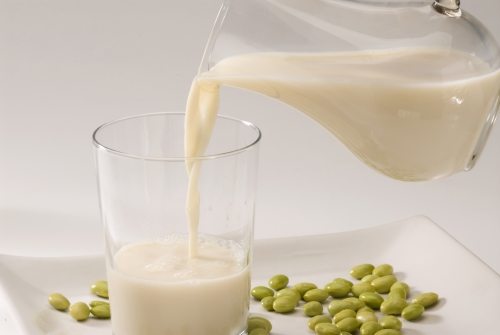Protein supplements represent the fastest growing category in consumer health, with global sales rising by 59% to $5.4 billion between 2006 and 2011, according to Euromonitor.
However, despite scientific evidence, some consumers – predominantly female – still avoid high protein products because they perceive them to be high in calories, and therefore fattening, or associate them with body builders and fear they will develop a muscular and unfeminine body shape.
“We’re seeing huge numbers of new consumers buying into the whey protein space for the first time. But there remains large untapped potential because many women still believe – wrongly – that consuming higher levels of protein could have a negative impact on their physiology,” says Troels Laursen, head of health and performance nutrition at Arla Foods Ingredients.
At the IFT Food Expo that took place in June 2014 at New Orleans, US, the company showcased Lacprodan DI-7017, a whey protein concentrate developed for the lifestyle nutrition market, as well as LacprodanHYDRO.365, a whey protein hydrolysate created to offer fast recovery after physical activity.
Lindsey Ormond, business development manager, Arla Foods Ingredients tells Food News International that whey protein is going beyond body building gyms to being a viable source of protein for women.
FNI: How are the common misconceptions by women about protein shaped?
Ormond: For years, whey protein has been essential in the gym bags of body builders, weight lifters and those generally looking to bulk up.
This is because the ingredient supports muscle growth for someone doing weight training.
As a result, whey protein supplements have traditionally been targeted at this market segment, so people are generally aware of the message that protein builds muscle.
This leads to some women having the misconception that consuming protein-rich products will make them overly muscular.
This is untrue because women have a different hormonal make-up to men and they will not gain excessive levels of muscle just from consuming protein – particularly if they are not undertaking heavy weight training.
FNI: Besides providing scientific evidence, how can food and beverage (F&B) manufacturers bring a new perspective about protein to women?
Ormond: There are two main ways.
Firstly, it is important to educate women about the role high quality proteins such as whey can play in their diets.
This will be key to bringing about a new perspective.
Secondly, develop mainstream protein-rich products that appeal to women in terms of their appearance, image and flavor.
These products should be available in easy to reach places.
Alternative flavors, such as coffee or pineapple rather than the traditional chocolate or strawberry, could also be effective in appealing to women.
FNI: What are your views on women consuming plant-based protein such as beans and tofu?
Ormond: A variety of protein sources will naturally be part of any balanced diet, which could include beans and tofu.
However, there are differences in quality among protein sources and it is important to ensure that high quality protein is a regular part of a healthy diet.
Protein such as whey will provide the full range of the essential amino acids our body needs, which is important nutritionally generally.
In sports nutrition, whey protein has been shown to be superior in terms of accelerating recovery from exercise and training.
Furthermore, whey protein has demonstrated to have a greater influence on satiety and weight management than other protein sources.
FNI: How can F&B manufacturers capitalize on the opportunities that consumers are buying whey protein products for the first time?
Ormond: There are certain fundamentals that all manufacturers must get right – and they should always choose to work with ingredients suppliers who will support them in their quest to achieve this.
They should create products that are convenient, great tasting, and ready-to-consume.
They should be sure to communicate the time and occasion a product is designed to be consumed at.
The packaging must be clean, svelte and communicate the benefits in a simple way.
The products should be readily available in sections of a store where people will regularly browse– not just in the sports nutrition or weight management aisles, which they may rarely or never visit.
FNI: What potential business risks should F&B manufacturers take note of when entering the whey protein market?
Ormond: In the past, the whey protein market was mainly for body builders, so some women may still associate it with ‘hardcore’ consumers.
To address this, companies should develop products that appeal more to a mainstream market in terms of packaging formats, serve sizes, flavors and design.
The intended benefit of the products should always be clearly communicated.












